Protection of Drinking Water in Community Watersheds Examined
VICTORIA – An investigation of how well the Forest and Range Practices Act (FRPA)protects drinking water in community watersheds has identified a number of improvements necessary to help ensure government objectives for drinking water quality and quantity are achieved.
“The status and management of community watersheds needs to be reviewed by government to ensure this resource is being properly managed in those places where it needs to be managed, in consideration of all types of development activity,” said board chair Tim Ryan.
While most forestry licensees were following the legal requirements, the investigation identified several weaknesses in managing community watersheds under FRPA. Among the findings:
“We also found a disconnect where a number of watersheds are designated, but no longer provide drinking water to a community,” added Ryan.
The board has examined forest stewardship plans in 48 of the 131 designated community watersheds with forestry activity in recent years. Forest practices and watershed condition were examined in 12 of the 48 watersheds.
The board makes six recommendations to help improve the legislative framework and ensure government’s objectives for community watersheds are achieved.
The Forest Practices Board is B.C.’s independent watchdog for sound forest and range practices, reporting its findings and recommendations directly to the public and governent. The board can investigate and report on current forestry and range issues and make recommendations for improvement to practices and legislation.
Helen Davies
Communications
Forest Practices Board
Phone: 250 213-4708 / 1 800 994-5899
